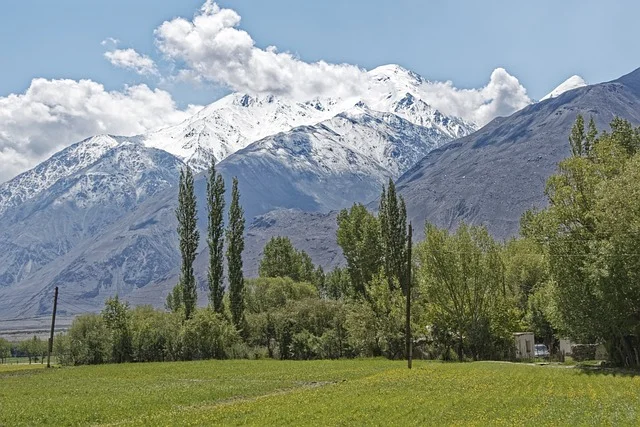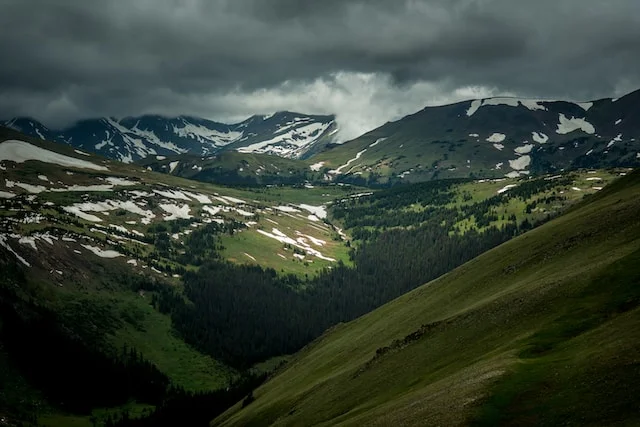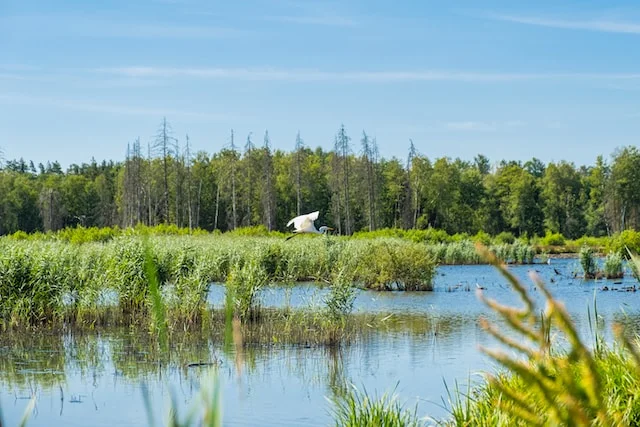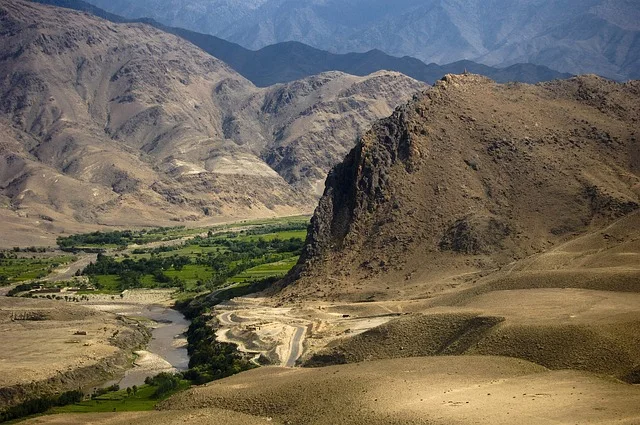Exploring the Geography of Afghanistan: Unveiling the Soul of a Nation
Introduction – Exploring the Geography of Afghanistan
As we embark on a journey to exploring the geography of Afghanistan, let us delve into the enchanting beauty and captivating landscapes that define this ancient land. Afghanistan, a country nestled in the heart of Central Asia, has been a witness to the ebb and flow of civilizations throughout history. From rugged mountains to vast deserts, Afghanistan’s geography is a tapestry of diversity and wonder. Join me as we unravel the hidden treasures that lie within its borders.
Table of Contents
A Land of Majestic Peaks

Our exploration begins amidst the towering giants of Afghanistan—the mighty Hindu Kush mountain range. Majestic peaks pierce the sky, their snow-capped summits glistening like diamonds under the sun. The Hindu Kush, often referred to as the “roof of the world,” is a sanctuary for adventure seekers and nature enthusiasts alike. Its formidable terrain challenges even the most experienced mountaineers, offering breathtaking vistas and a sense of awe-inspiring serenity.
The Salang Pass: A Gateway to Splendor

Nestled within the Hindu Kush, the Salang Pass stands as a testament to human resilience and determination. Carved through the mountains, this pass connects northern and southern Afghanistan, serving as a vital trade route for centuries. As we traverse the winding roads, we witness the ethereal beauty of the surrounding landscape. Cascading waterfalls, verdant valleys, and picturesque villages dot our path, painting a picture of harmony between nature and human habitation.
The Enigmatic Deserts of Afghanistan

Leaving behind the towering peaks, our journey takes us to the arid expanse of the Afghan deserts. These vast stretches of sand and rock conceal tales of ancient civilizations and whisper secrets carried by the winds. The Dasht-e Lut and the Registan Desert are among the prominent deserts that grace Afghanistan’s geography. Their barren landscapes evoke a sense of mystery and solitude, inviting us to ponder the footprints left by those who walked these desolate lands long ago.
Rivers: Lifelines of Afghanistan

Flowing through the heart of Afghanistan, the country’s rivers breathe life into its fertile valleys and sustain its communities. The Amu Darya, also known as the Oxus River, weaves a tapestry of culture and history as it winds its way through the rugged terrain. Its waters quench the thirst of the land, providing sustenance for agriculture and supporting a diverse ecosystem. Along its banks, ancient cities have flourished, leaving behind echoes of a bygone era.
Cultural Kaleidoscope
Afghanistan’s geography intertwines with its rich cultural heritage, shaping the traditions and identities of its people. From the bustling bazaars of Kabul to the remote mountain villages, the mosaic of Afghan culture unfolds before our eyes. Each region tells a unique story through its art, music, and vibrant traditions. The warm hospitality of the Afghan people welcomes visitors, inviting them to partake in the tapestry of life that thrives within these ancient lands.
Conclusion
As our journey through exploring the geography of Afghanistan comes to a close, we are left with a profound appreciation for the natural wonders and cultural treasures that define this remarkable nation. From the soaring peaks of the Hindu Kush to the silent expanse of the deserts, Afghanistan’s geography is a testament to the resilience and beauty of the human spirit. Let us cherish and protect this land, for it is a gift bestowed upon us by the hands of time.
FAQs about Exploring the Geography of Afghanistan
Is Afghanistan safe for travelers?
While Afghanistan does face security challenges, there are areas that are relatively safe for travelers. It is important to stay informed and follow the guidance of local authorities and travel advisories.
What is the best time to visit Afghanistan?
The best time to visit Afghanistan is during the spring (April to June) and autumn (September to October) seasons when the weather is pleasant, and the landscapes come alive with colors.
Are there any UNESCO World Heritage Sites in Afghanistan?
Yes, Afghanistan is home to several UNESCO World Heritage Sites, including the Minaret and Archaeological Remains of Jam, the Cultural Landscape and Archaeological Remains of the Bamiyan Valley, and the Historic City of Herat.
What are the popular outdoor activities in Afghanistan?
Outdoor enthusiasts can indulge in activities such as trekking in the mountains, exploring ancient ruins, camping in the desert, and experiencing the traditional Afghan way of life in rural villages.
How can I respect the local culture while visiting Afghanistan?
Respecting local customs and traditions is essential when visiting Afghanistan. Dress modestly, seek permission before photographing people or religious sites, and engage with the local community with respect and curiosity.

